Ireland’s tillage sector is worth €1.3bn, a new report has found, and supports 11,000 jobs.
Despite a 42% reduction in tillage area since 1980, the sector has maintained its level of output, with yields among the highest in the world. The area decline has continued, 15% in the last decade, with dairy expansion a central reason.
The carbon footprint of Irish tillage is 1.2t CO2/ha, which is seven times lower than a typical dairy farm, the report finds.
Barley accounts for over half the tillage acreage. Over the last decade, protein crops are increasing in acreage, while potatoes are decreasing.
Direct payments account for 72% of the €34,000 average income of mainly tillage farms.
The report was authored by Professor Michael Wallace of UCD.
Professor Wallace’s study greatly increases understanding of the sector and its role in the wider rural and agricultural economy
“Tillage activities take place on approximately 10,000 Irish farms representing a total area of about 340,000ha, or 7.6% of Ireland’s utilisable agricultural land area,” he said. “About 5,000 are specialist tillage units, commercially focused and profitable, and with an average income second only to dairying.”
Minister for Agriculture Dara Calleary welcomed the report, saying: “Professor Wallace’s study greatly increases understanding of the sector and its role in the wider rural and agricultural economy.”
A vibrant Irish tillage sector is critical to many rural communities, particularly in the east and the south
Tillage Industry Ireland, the stakeholder body for the sector established last year, commissioned the report.
“A vibrant Irish tillage sector is critical to many rural communities, particularly in the east and the south,” said its chair Matt Dempsey.
“It is also important in helping to validate the authenticity of many world-famous Irish brands. But, as Irish cereals slide down the self-sufficiency scale for animal feeds and distilling, we are risking a backlash from consumers in international markets. The tillage sector needs to retain scale and critical mass to remain viable.”




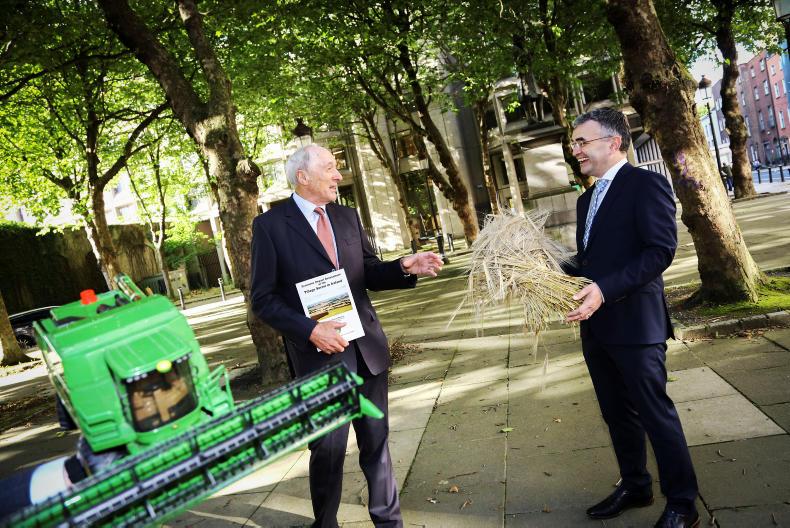
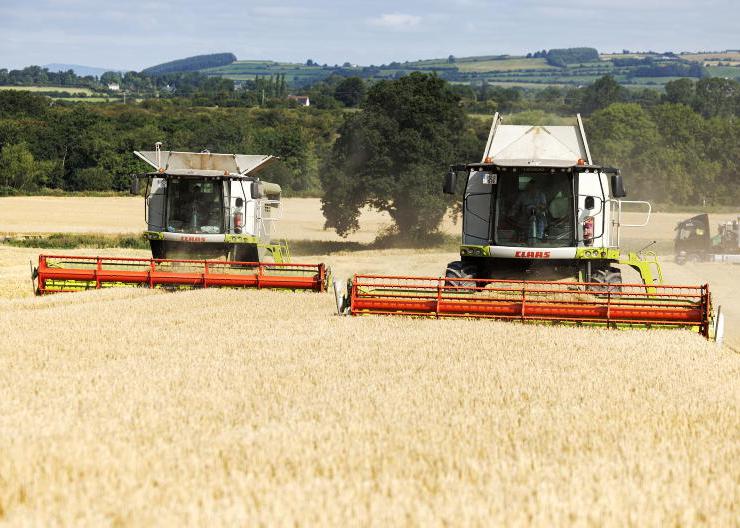

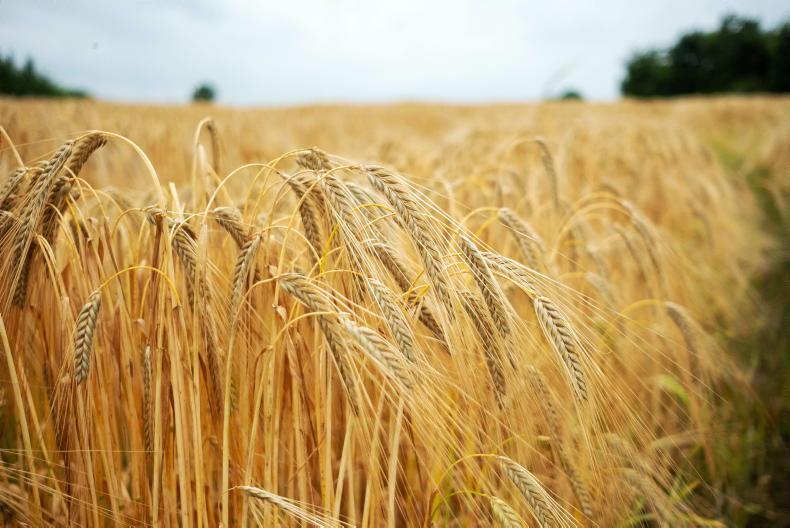
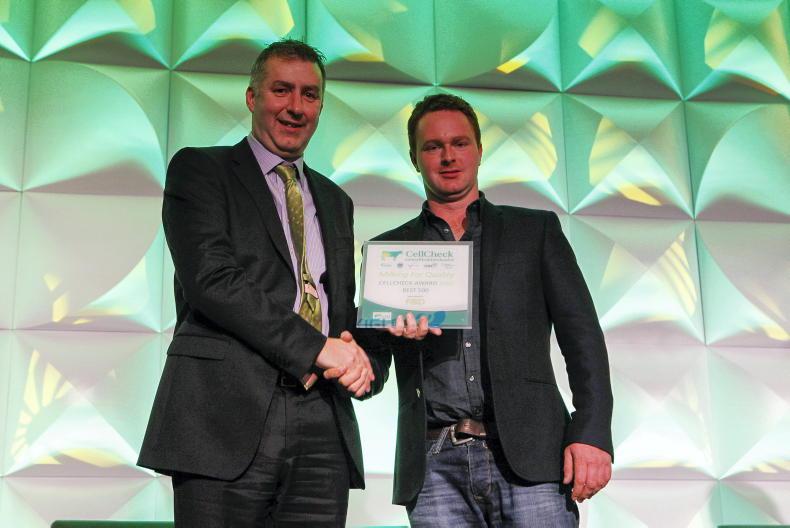
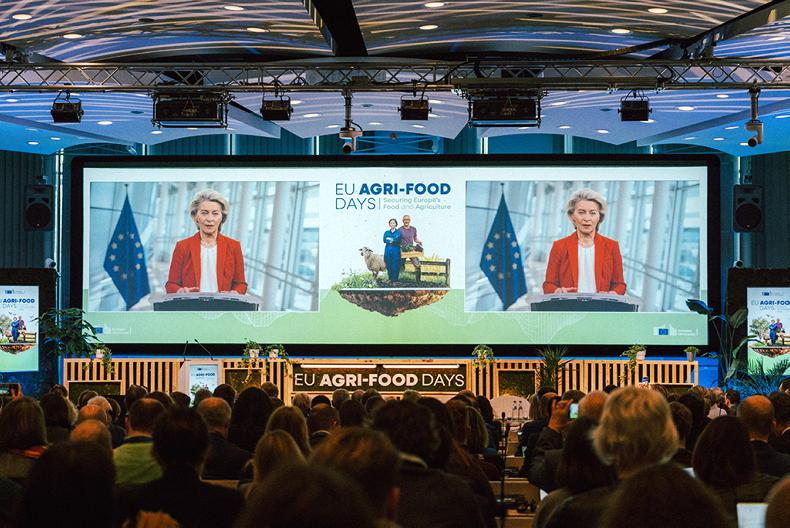
SHARING OPTIONS